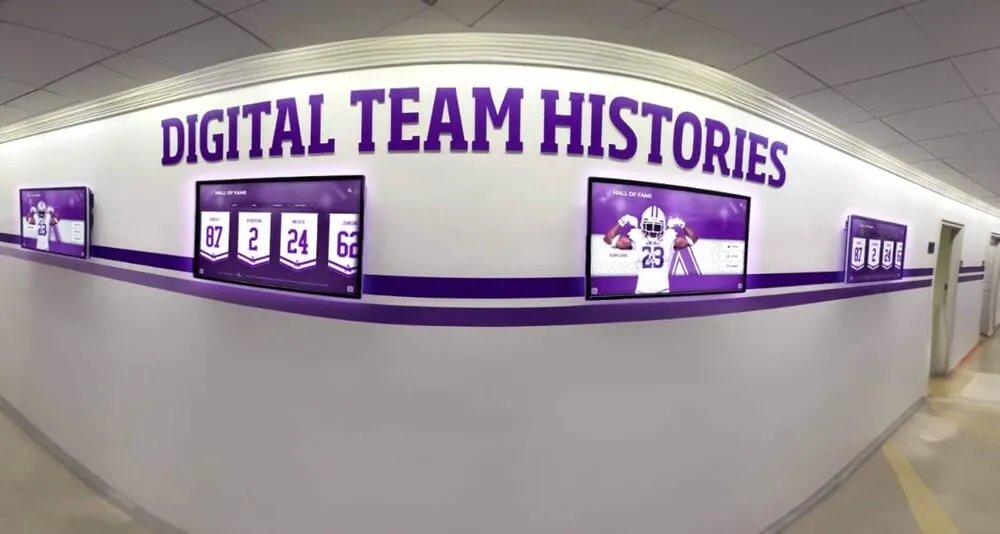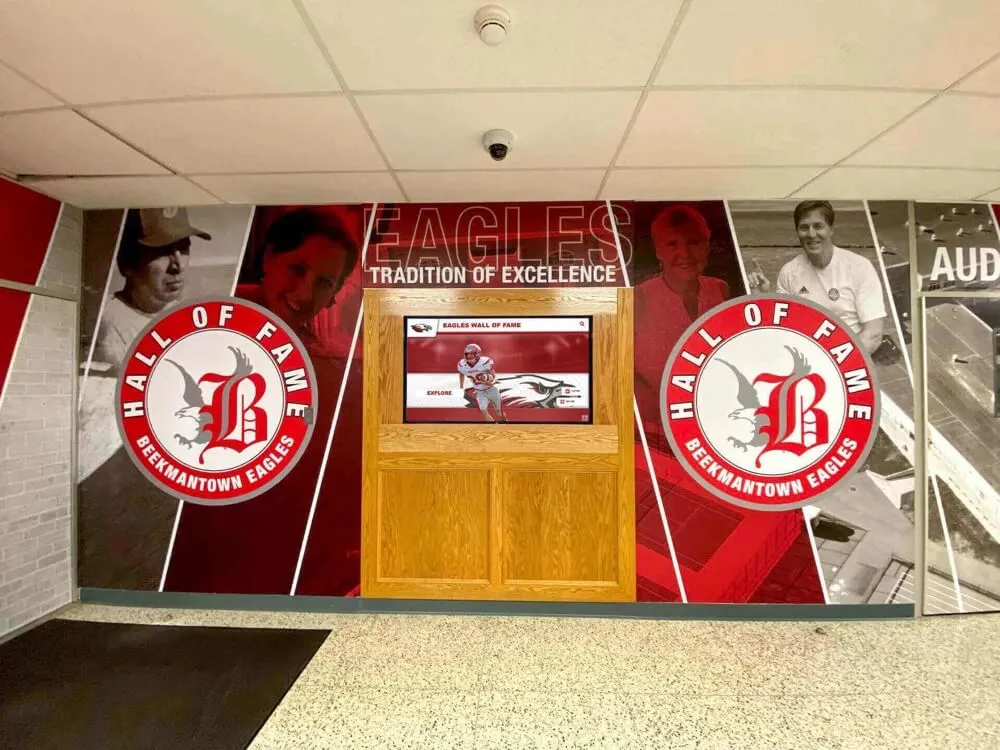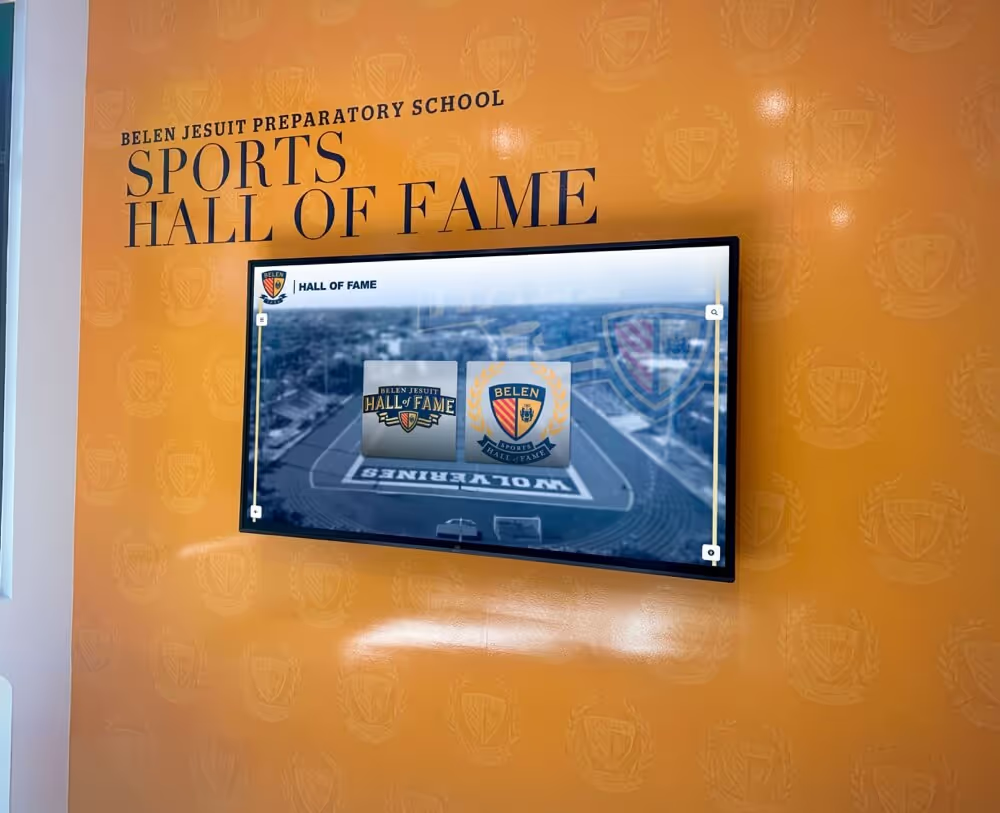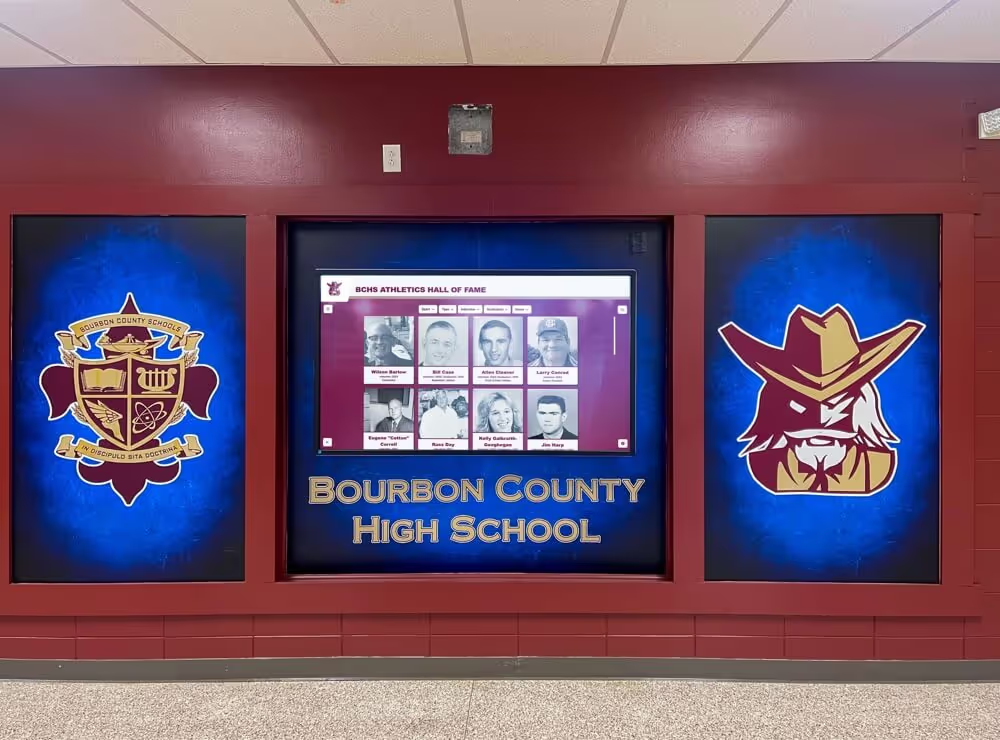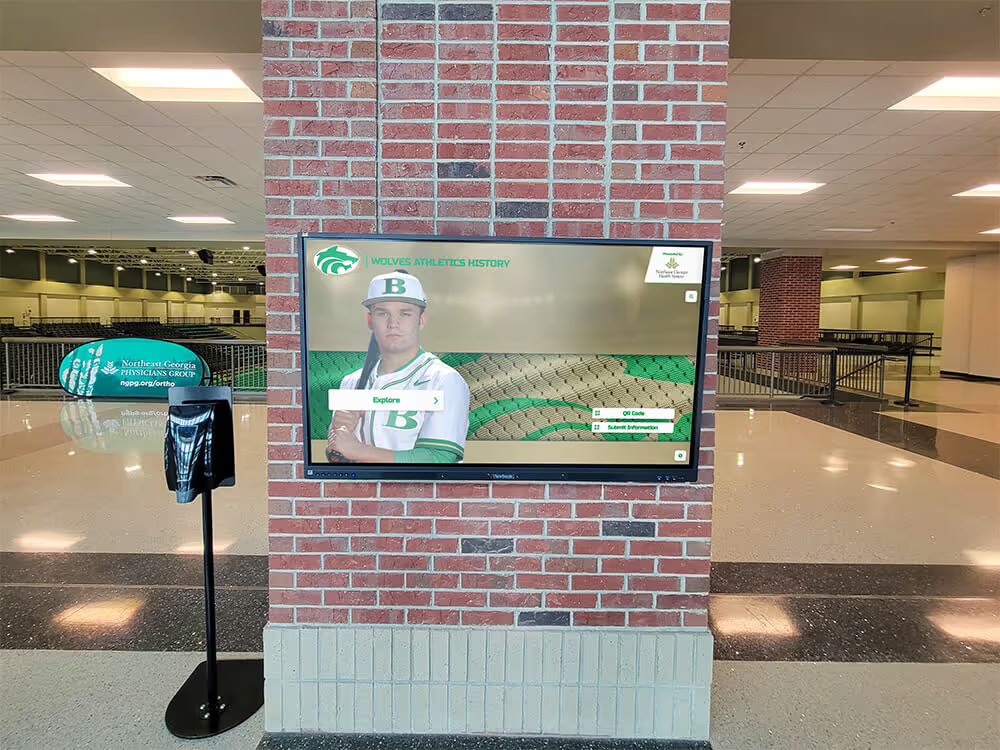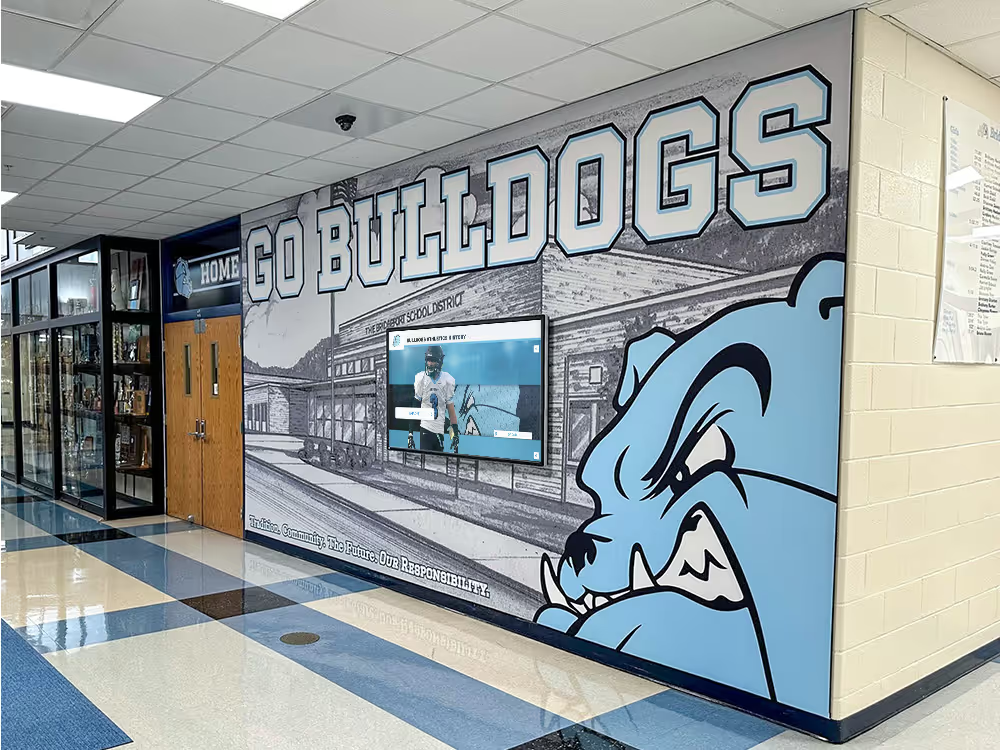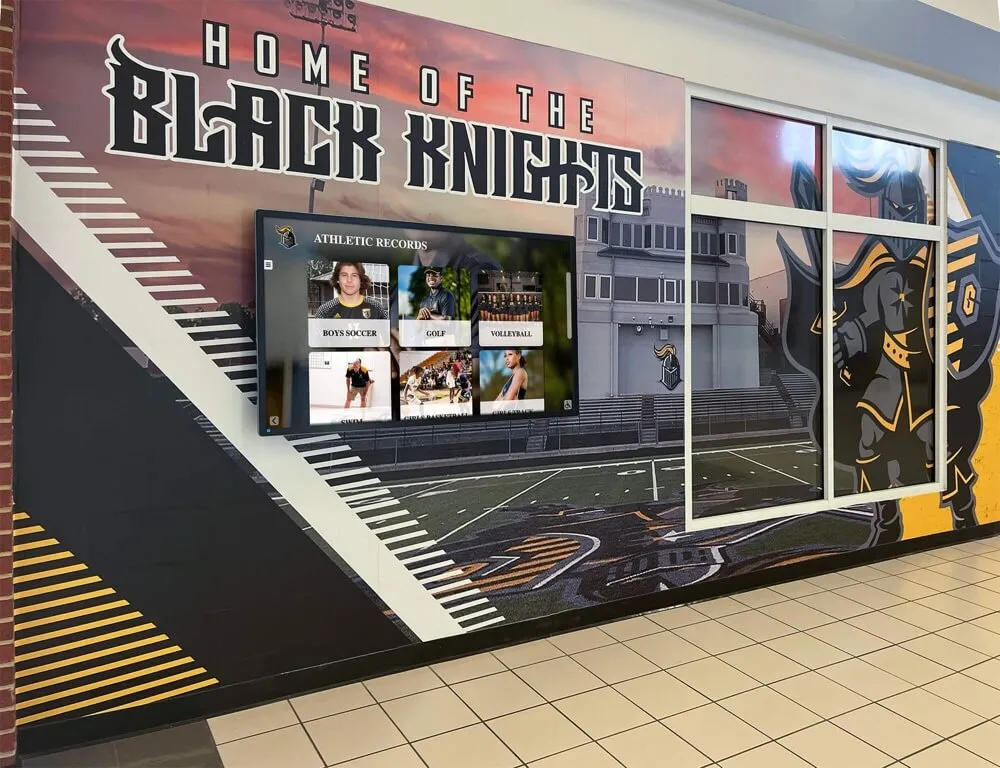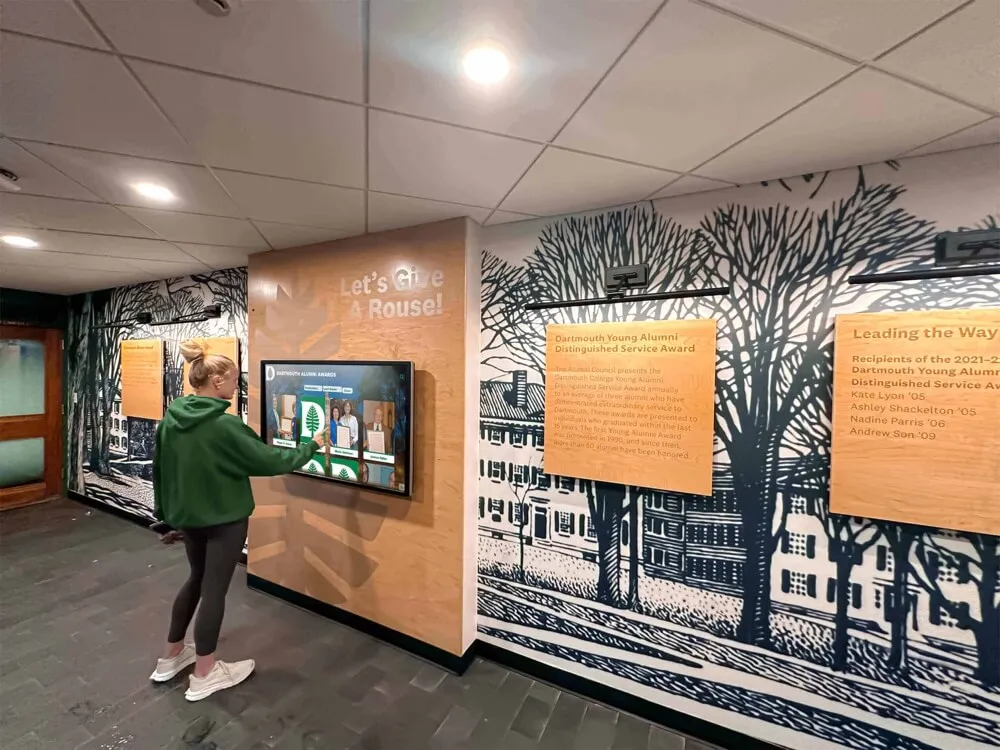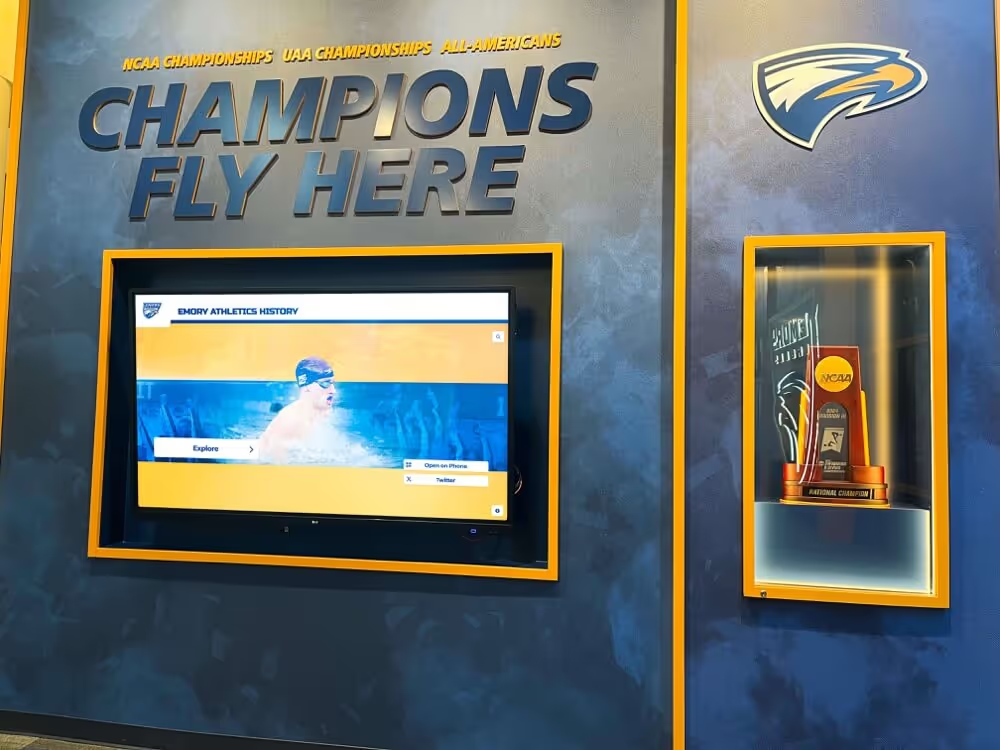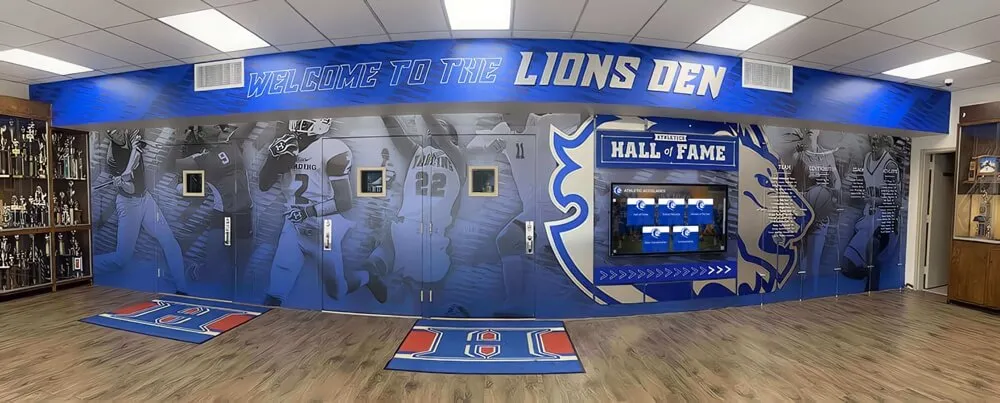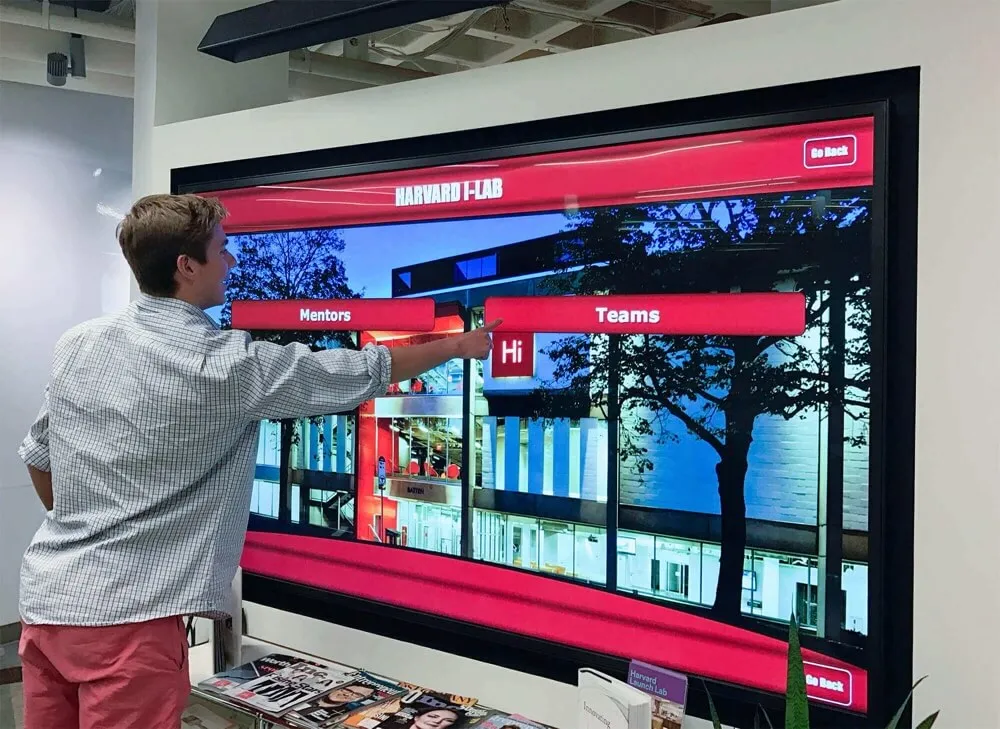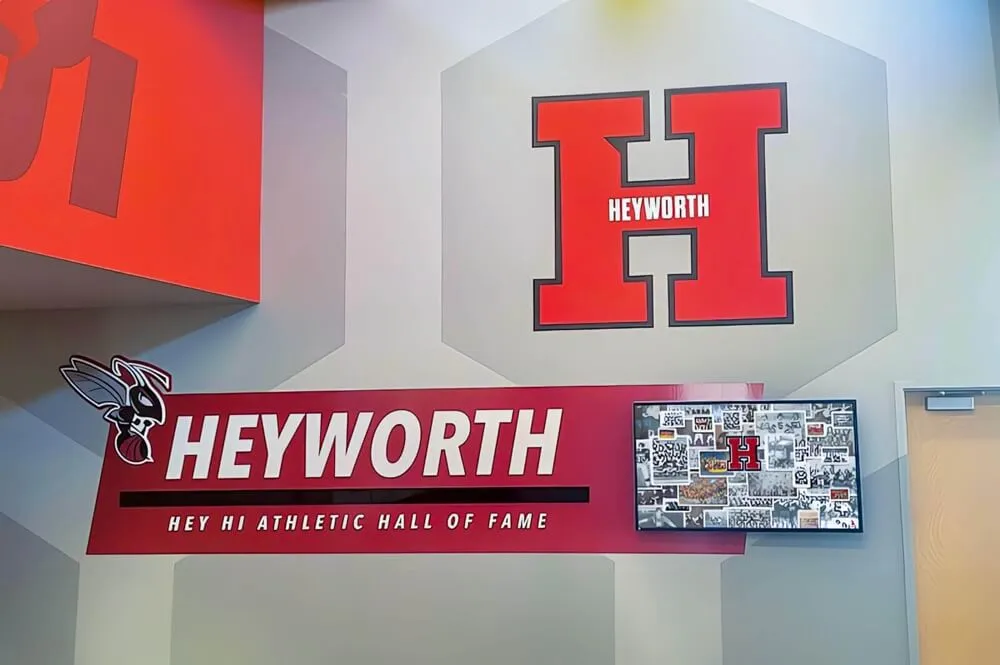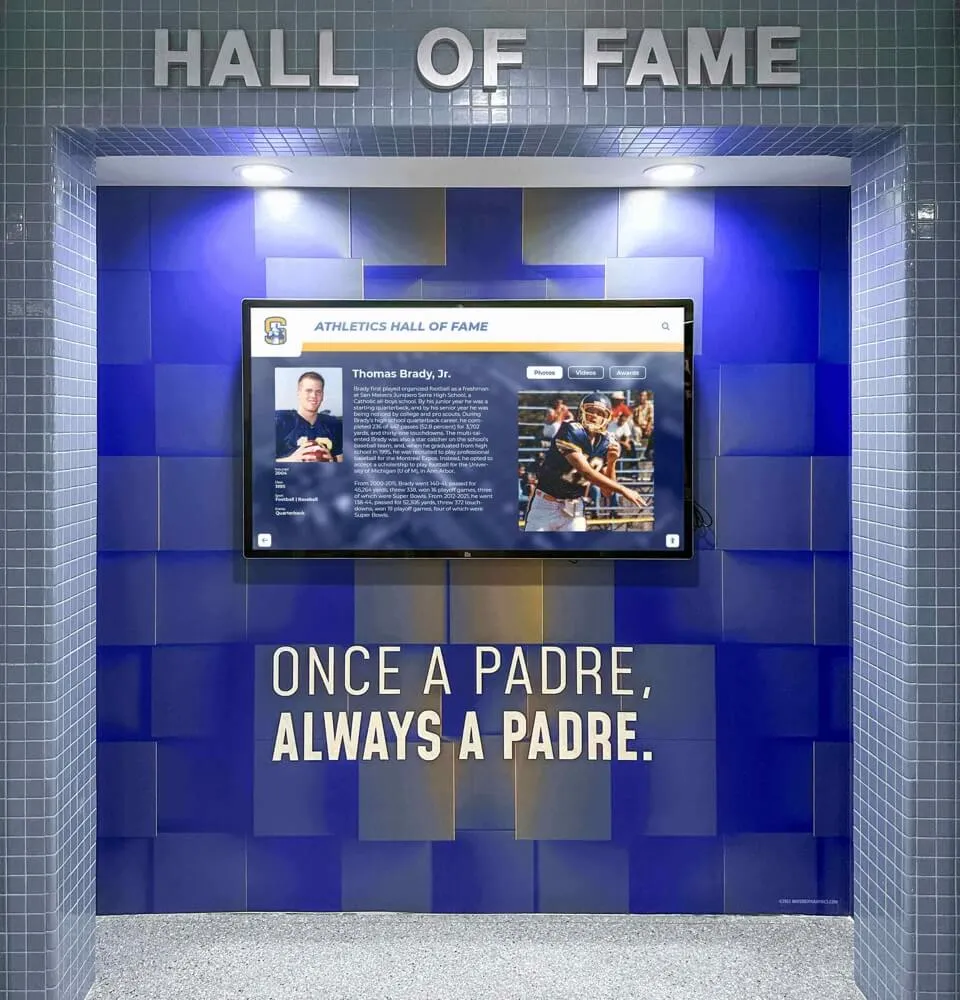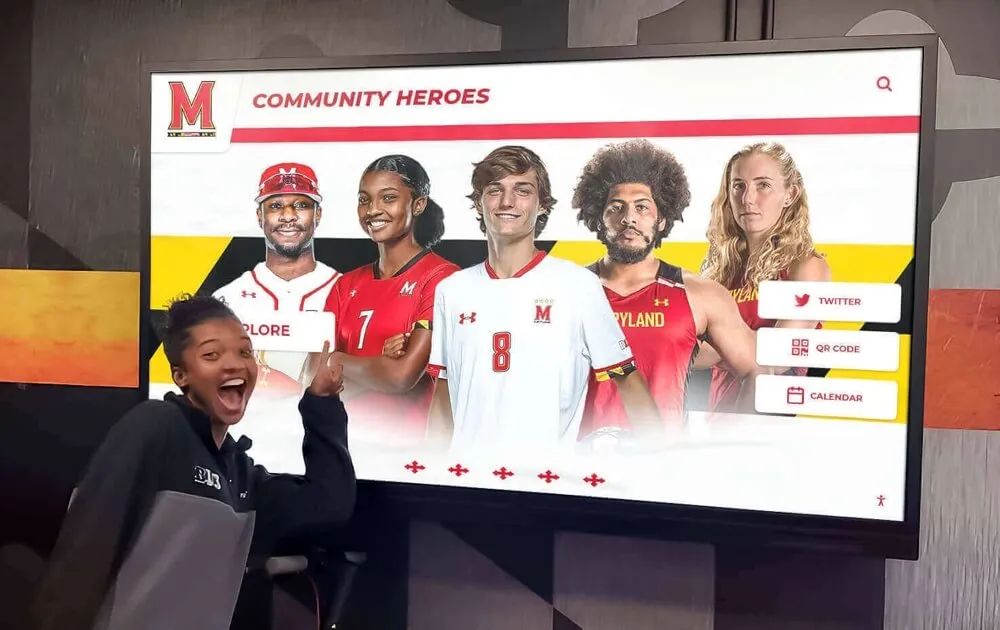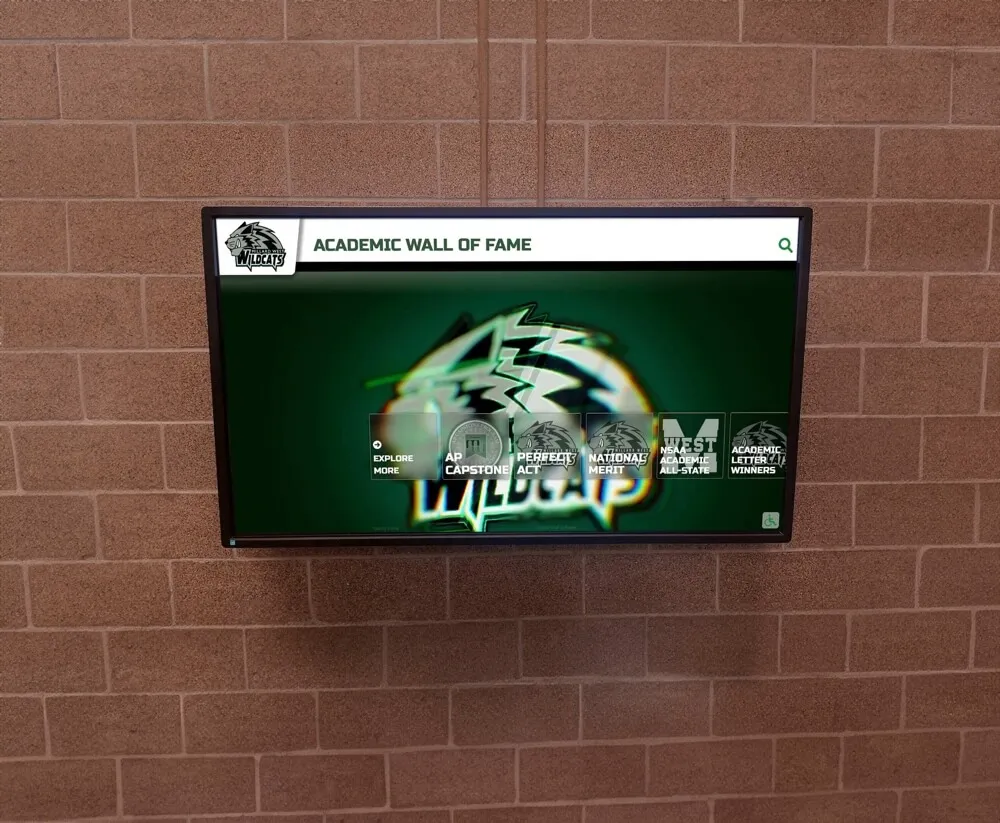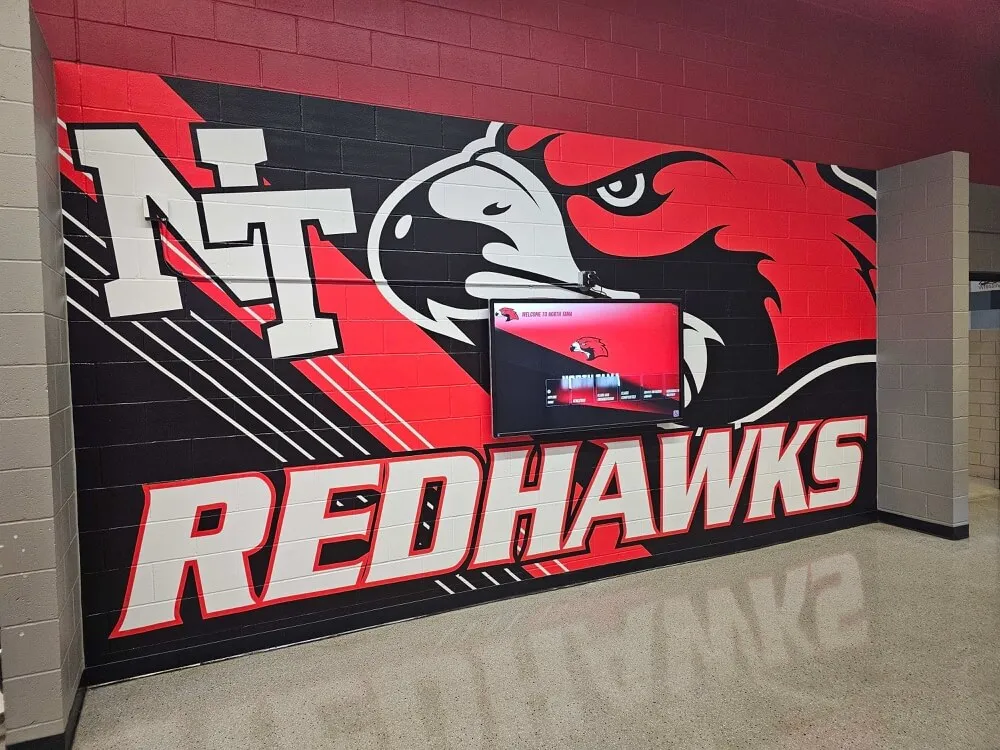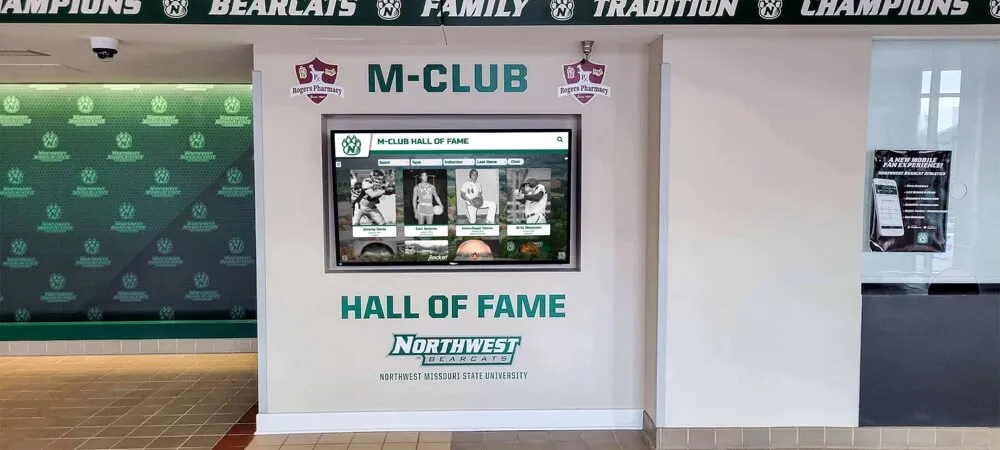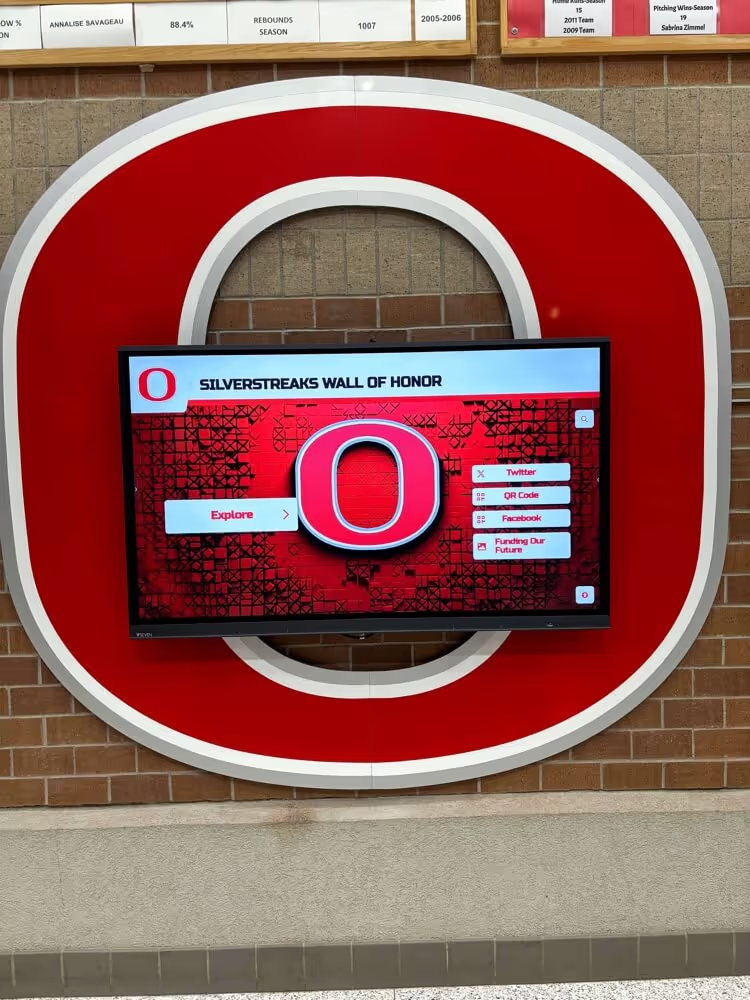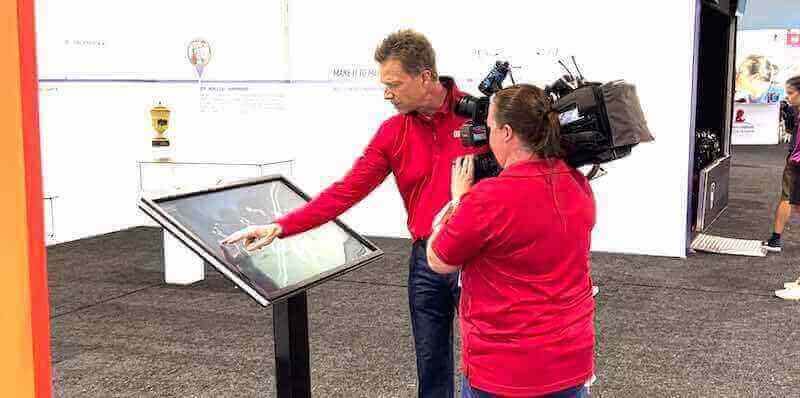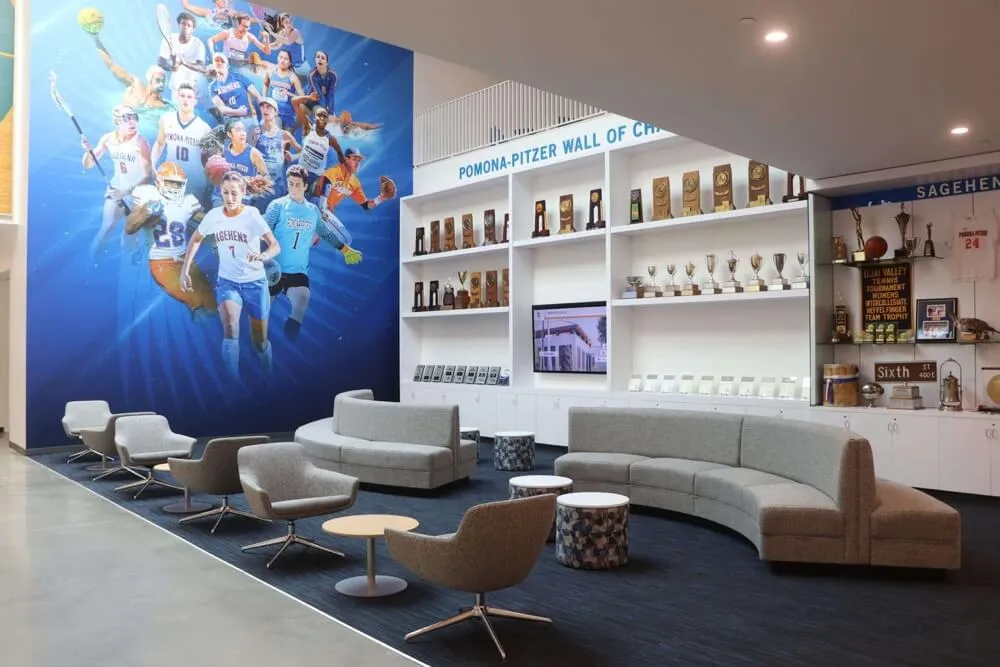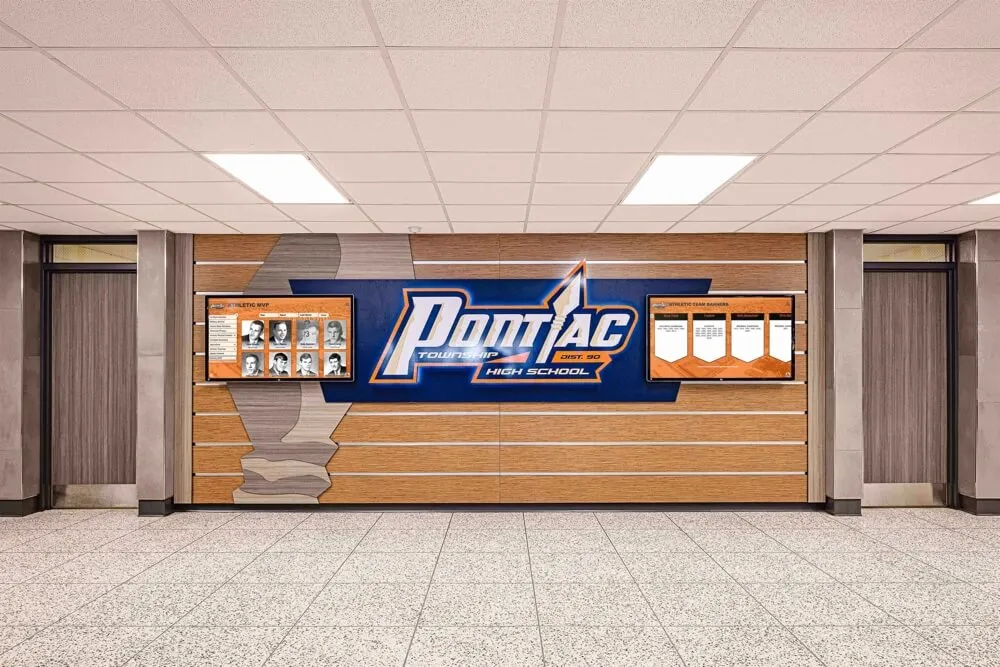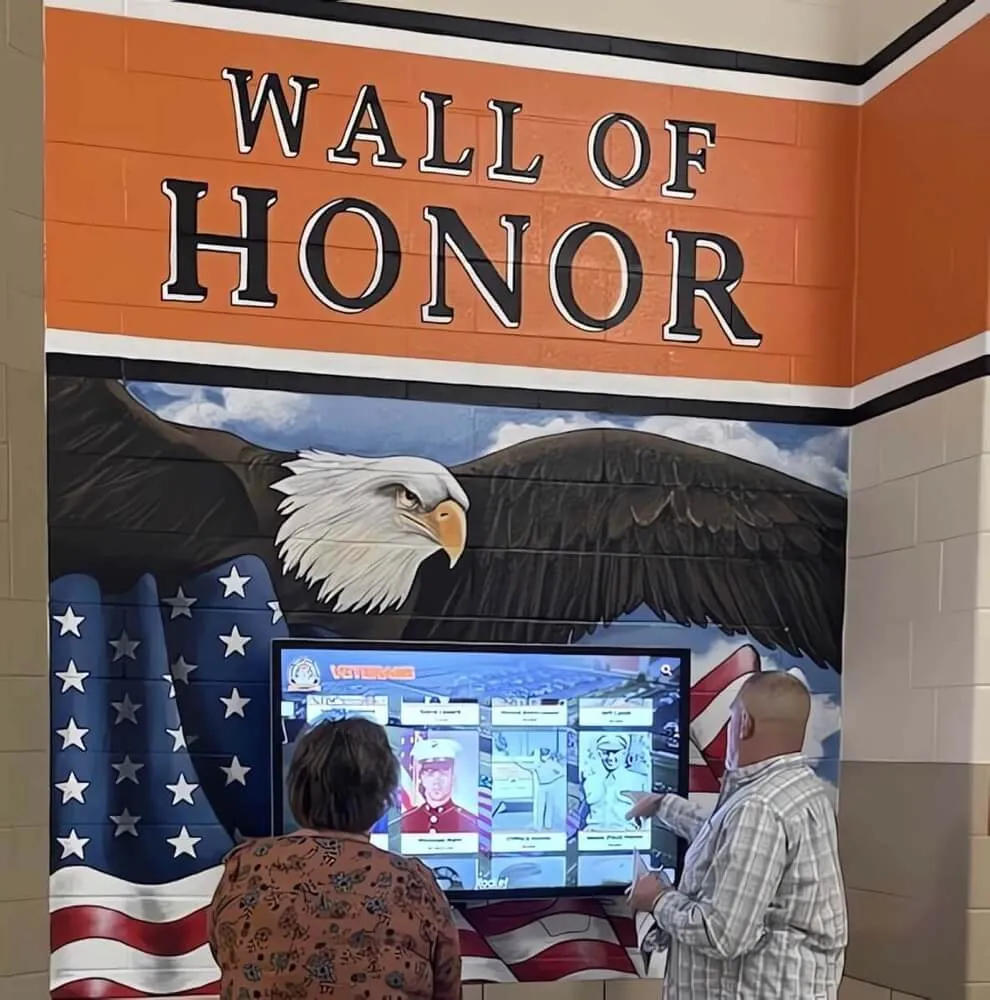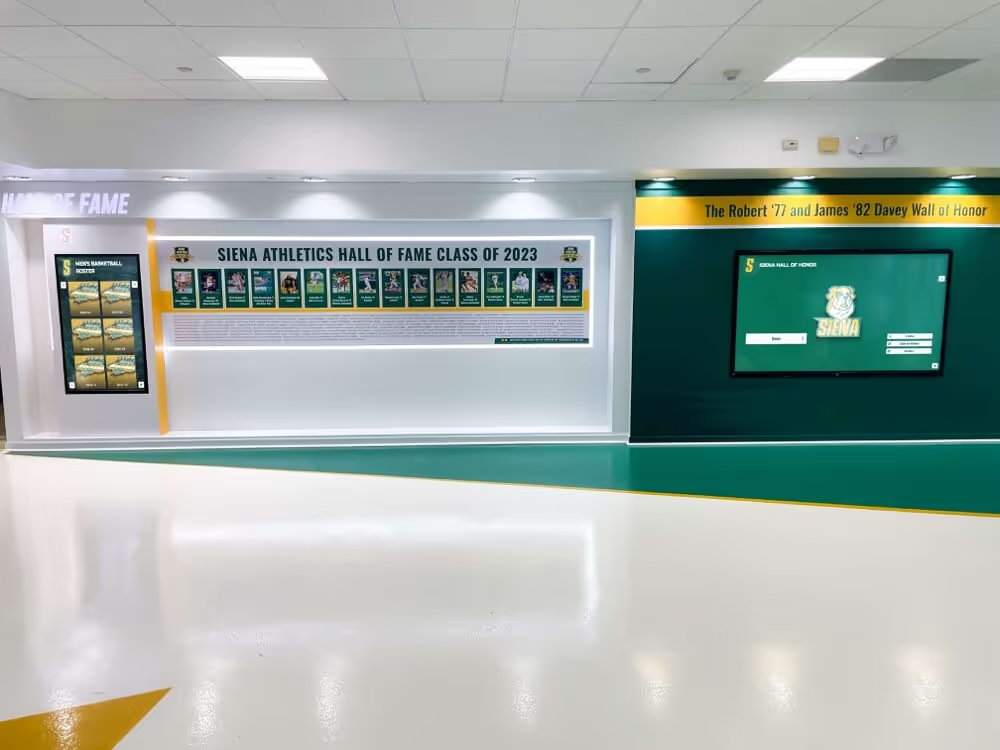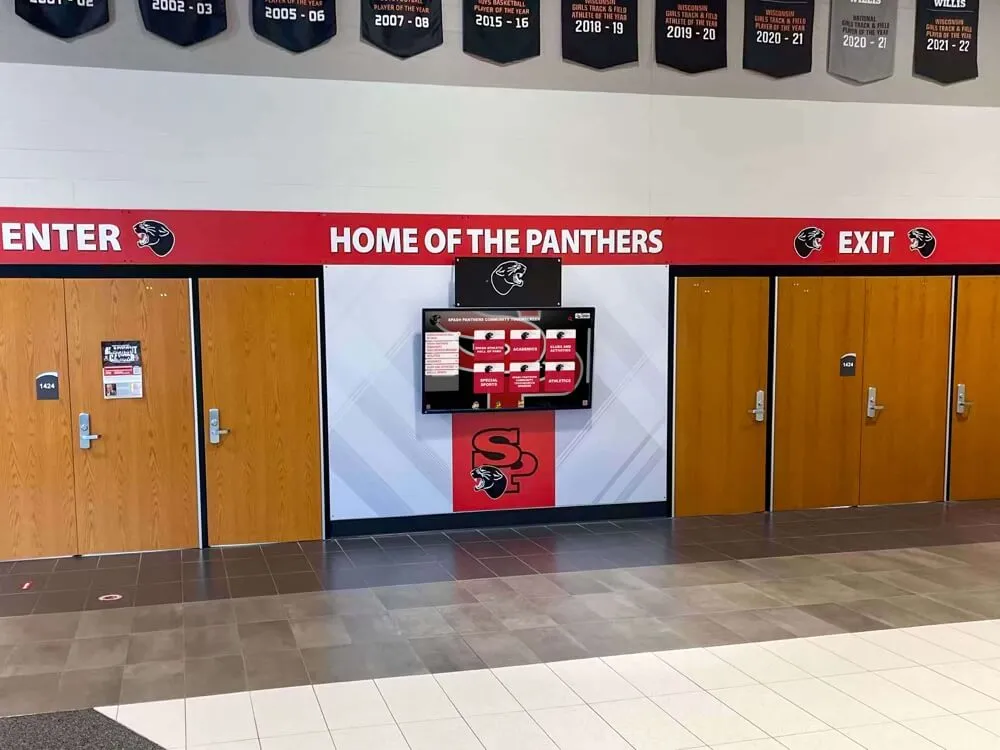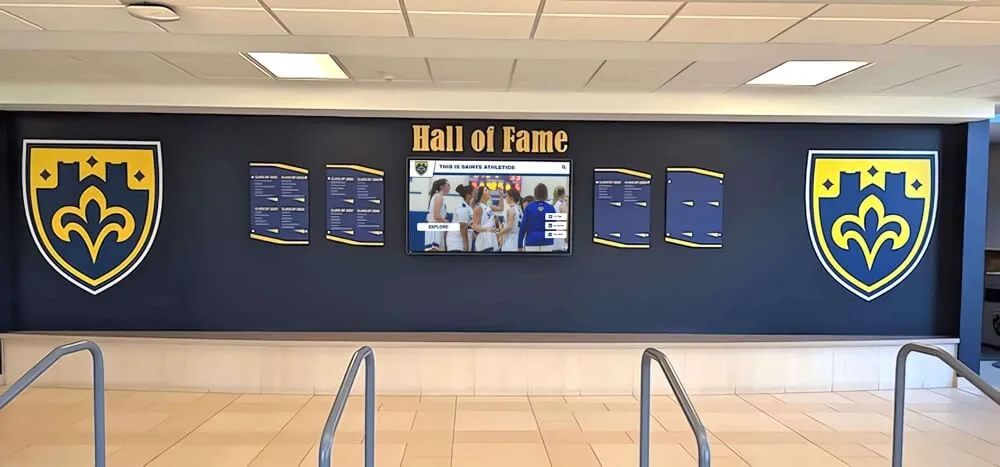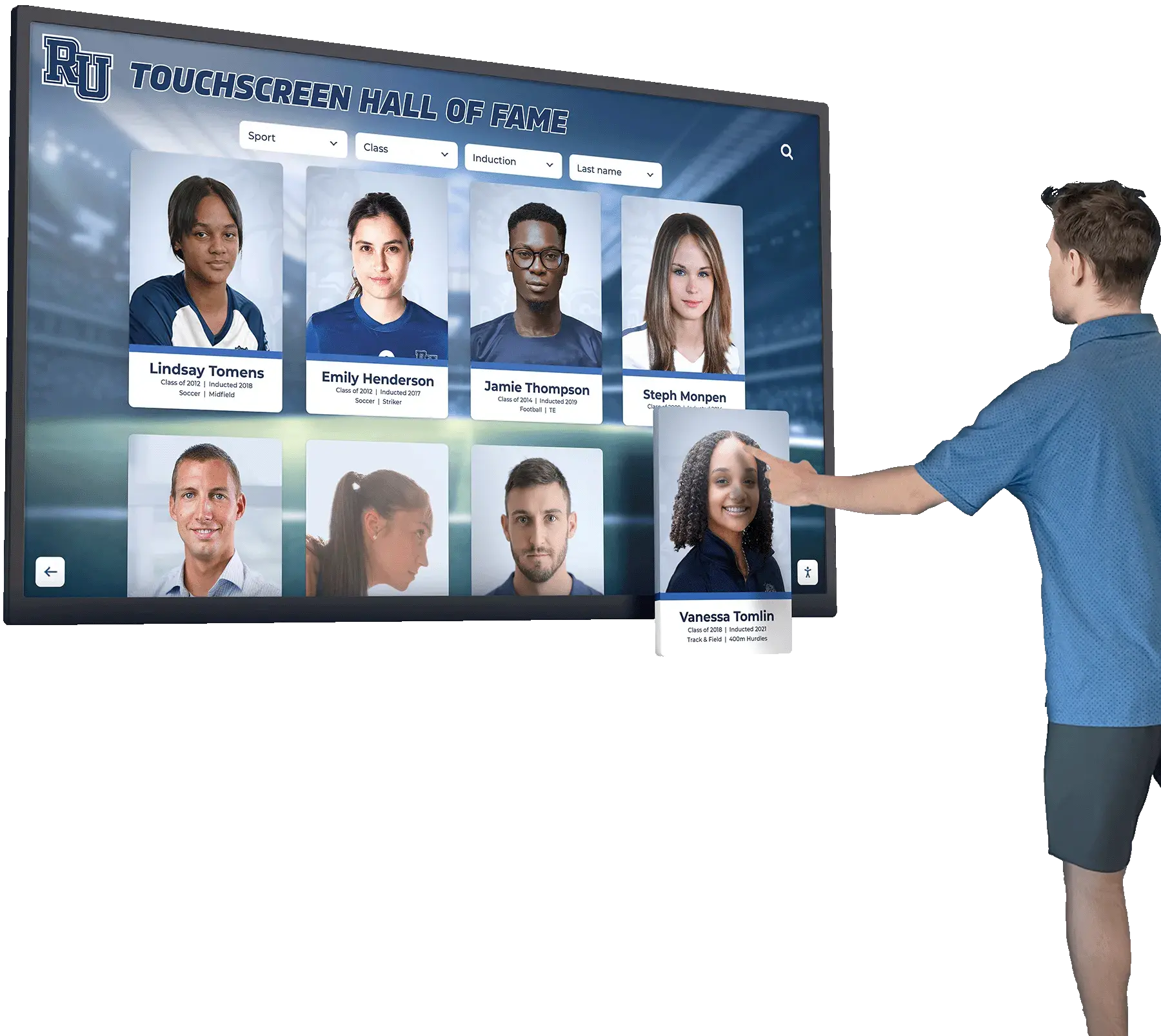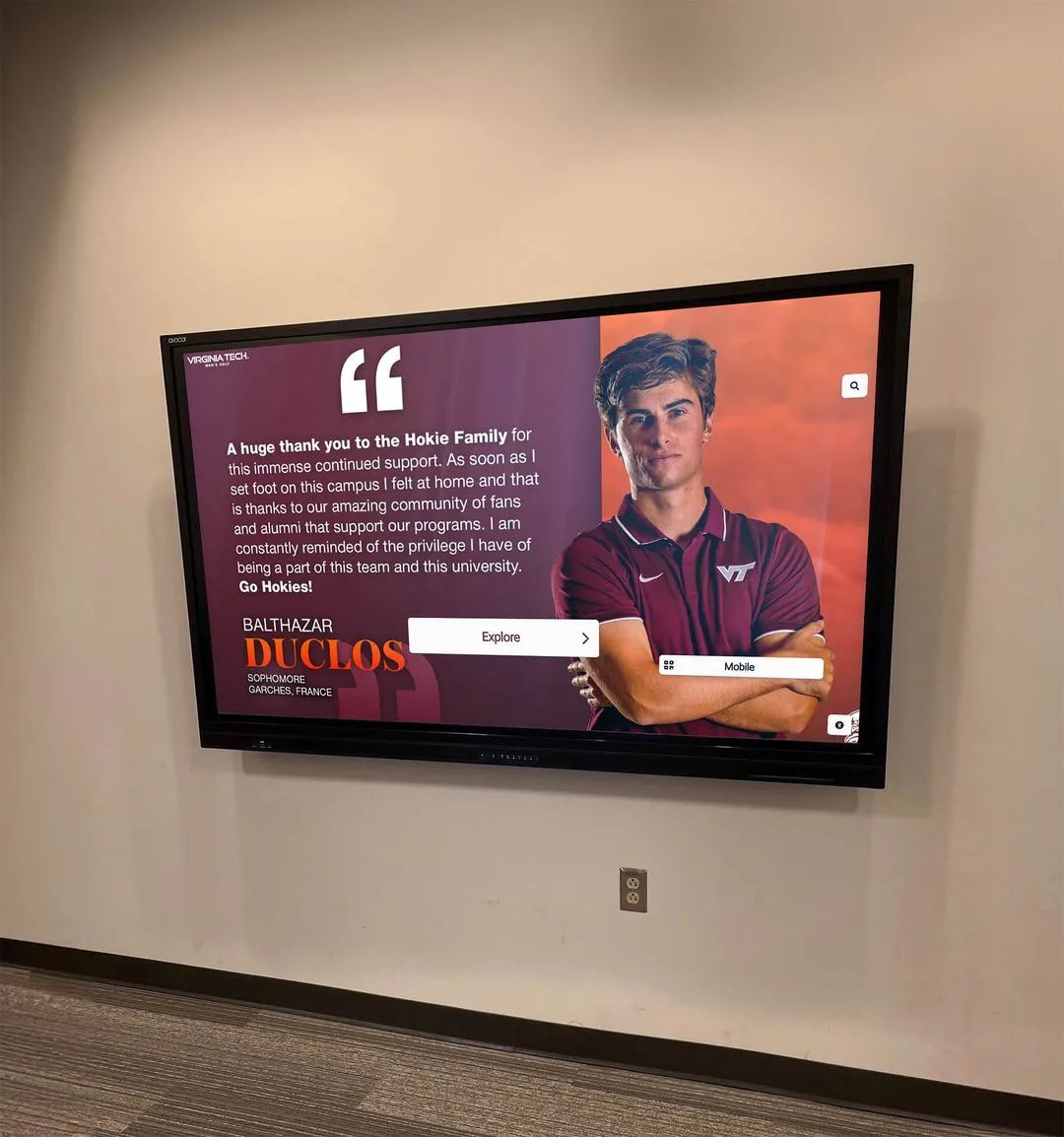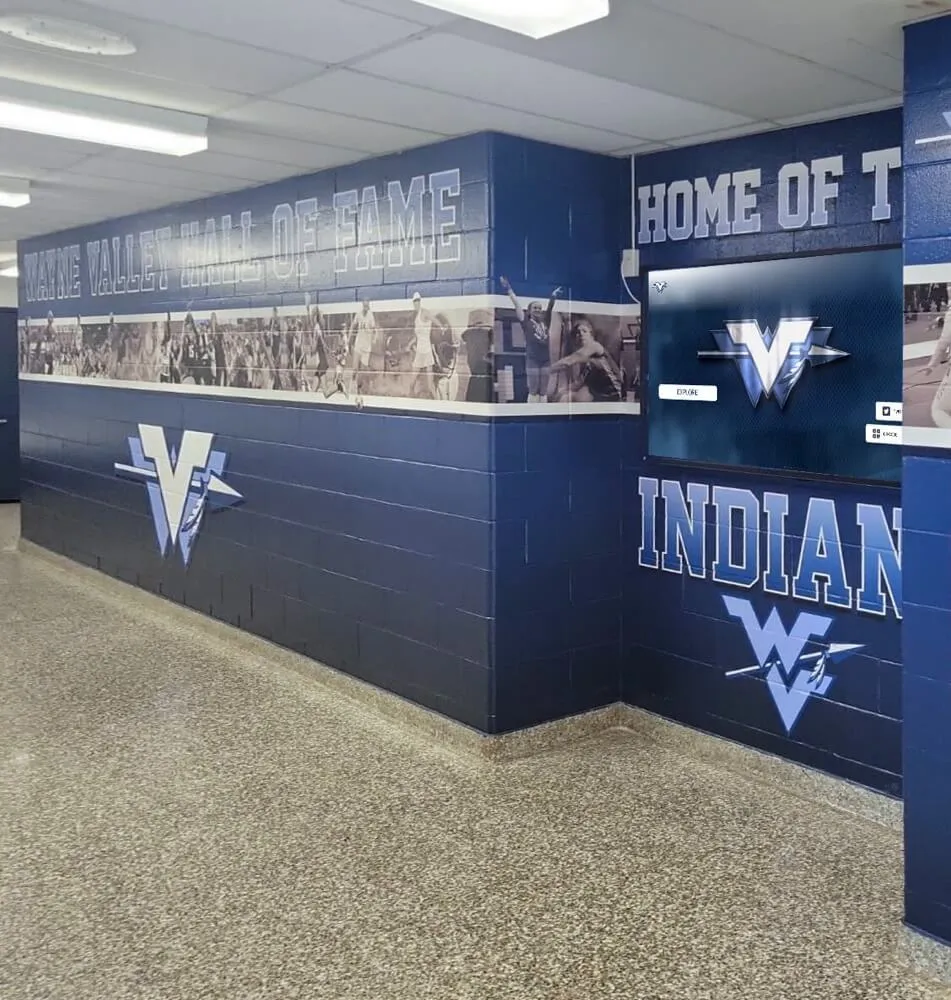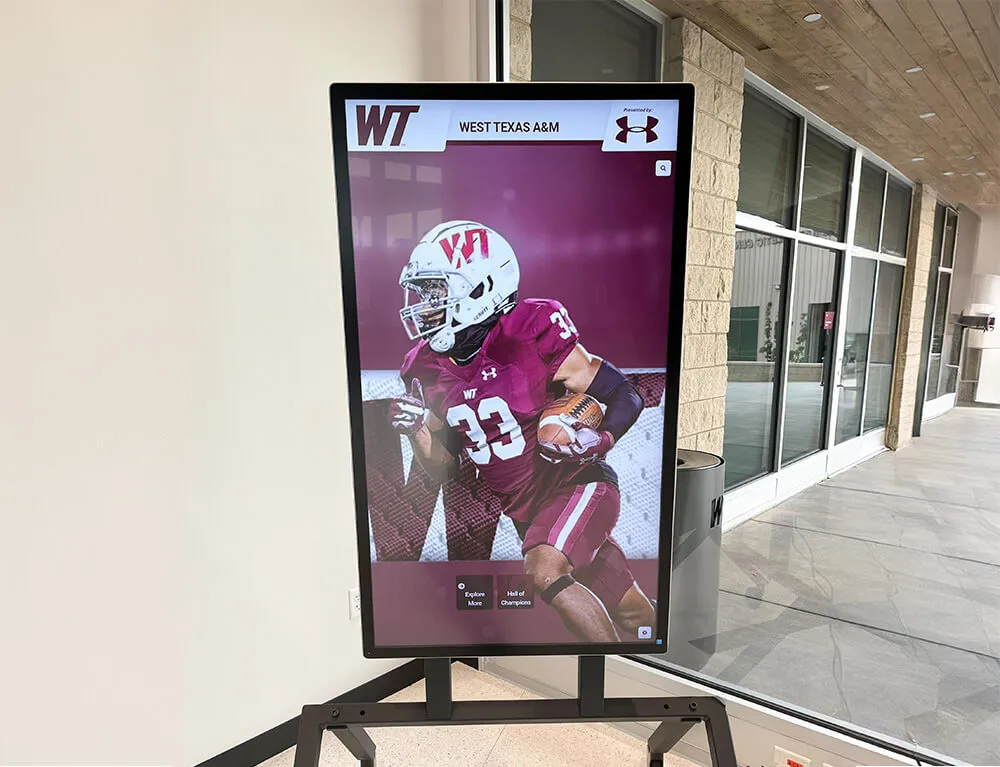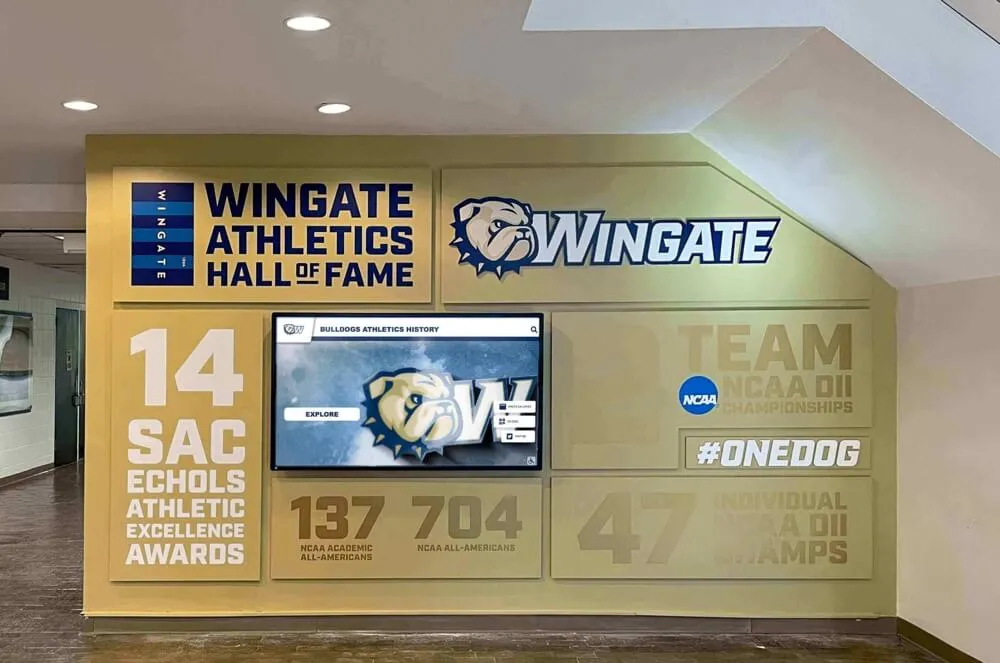Implementing a digital Wall of Fame represents a significant modernization initiative for any educational institution. This comprehensive guide walks administrators and project leaders through the entire process—from initial concept to full deployment. Each phase is broken down into actionable steps with practical advice based on successful implementations.
Phase 1: Strategic Planning (Weeks 1-4)
The foundation of a successful digital Wall of Fame begins with thorough planning:
Defining Your Vision
Start by answering these essential questions:
- What is the primary purpose of your digital Wall of Fame? (alumni recognition, recruitment tool, community engagement)
- Which achievement categories will you include? (athletics, academics, arts, service, career)
- What time periods will you cover? (recent graduates only, complete historical archive)
- Who are the primary audiences? (current students, prospective families, alumni, community)
Stakeholder Identification and Engagement
Successful implementations involve key stakeholders early:
- Core Committee Formation: 5-7 representatives from administration, faculty, alumni, and IT
- Extended Stakeholder Map: Complete inventory of all groups affected by or contributing to the project
- Communication Cadence: Establish regular update schedule for different stakeholder groups
- Decision Framework: Clear process for resolving conflicting priorities
Budget Development
Create a comprehensive budget addressing all project aspects:
| Budget Category | Approximate Percentage | Key Considerations |
|---|---|---|
| Hardware | 30-40% | Display size, touch capability, mounting requirements |
| Software | 20-30% | Content management system, custom development needs |
| Content Development | 15-25% | Digitization, creation, editing, organization |
| Installation | 10-15% | Physical installation, network integration, security |
| Training | 5-10% | Staff training, documentation, support |
| Contingency | 10-15% | Unexpected costs and scope changes |
Phase 2: Content Strategy and Collection (Weeks 5-12)
Content quality will ultimately determine your digital Wall of Fame’s impact:
Content Framework Development
- Recognition Categories: Define specific achievement types within each major category
- Content Standards: Establish consistent biographical depth, image requirements, and achievement criteria
- Metadata Structure: Create standardized tagging system for search and filtering
- Moderation Guidelines: Clear policies for user submissions and updates
Historical Content Inventory
Conduct a thorough audit of existing recognition:
- Physical Displays: Document all trophy cases, plaques, and honor walls
- Print Archives: Yearbooks, programs, newsletters with achievement information
- Digital Records: Existing databases, spreadsheets, websites with relevant content
- Institutional Memory: Identify long-serving staff with historical knowledge
Content Collection Campaign
Systematic approaches to gathering materials:
- Graduated Approach: Begin with most recent or highest-priority recognition categories
- Public Appeals: Structured campaigns for alumni to contribute materials
- Digitization Workflows: Processes for converting physical materials to digital formats
- Quality Control: Systems for verifying information accuracy
Case Study: Westfield Community School
Westfield’s implementation illustrates effective content collection:
“Our biggest challenge was gathering accurate historical information for achievements before the 1990s. We created a ‘memory collection day’ where we invited alumni to bring photos and artifacts. We set up scanning stations and video interview booths, collecting more material in one day than we had in the previous month of research. The event also generated tremendous excitement about the project.”
Their approach included:
- Class representative network for content collection
- Structured verification process with multiple sources
- Professional scanning services for high-value historical items
- Cloud storage system for collaborative content organization
Phase 3: Technology Selection and Setup (Weeks 8-16)
Hardware and software decisions should support your content strategy:
Display Hardware Selection
Key considerations for physical components:
- Screen Size and Resolution: Appropriate for viewing distance and content detail
- Touch Technology: Multi-touch capabilities and response time
- Durability Rating: Commercial-grade components for high-traffic areas
- Mounting Requirements: Wall reinforcement, power access, network connectivity
- Expansion Capability: Potential for additional displays in the future
Software Platform Selection
Evaluate options based on:
- Content Management Ease: Intuitive interfaces for non-technical staff
- Media Handling Capabilities: Support for various content types (video, audio, images)
- Search and Navigation: Effective tools for content discovery
- Integration Options: Connectivity with existing systems (alumni database, student information)
- Update Mechanisms: Simple processes for regular content additions
Technical Infrastructure Setup
Prepare your environment for successful deployment:
- Network Assessment: Bandwidth, security, and reliability evaluation
- Content Storage Planning: Local vs. cloud considerations
- Security Implementation: Physical and digital protection measures
- Backup Systems: Redundancy planning for critical components
- Testing Environment: Staging area for content and feature validation
Phase 4: Content Preparation and Migration (Weeks 12-20)
Transform raw materials into engaging content:
Content Organization
- Information Architecture: Logical structure for content categories
- Navigation Design: User pathways through recognition categories
- Relationship Mapping: Connections between related achievements and honorees
- Chronological Framework: Timeline organization for historical context
Media Optimization
- Image Standardization: Consistent resolution, aspect ratio, and quality
- Video Processing: Compression, captioning, and clip optimization
- Audio Enhancement: Cleaning, normalization, and transcription
- Accessibility Preparation: Alt text, transcripts, and descriptive elements
Initial Content Loading
- Prioritization Framework: Which content launches first vs. later phases
- Quality Assurance Process: Systematic verification of migrated content
- Performance Testing: Load impact of media-rich content
Phase 5: Installation and Testing (Weeks 18-22)
Bringing the system to life:
Physical Installation
- Site Preparation: Structural, electrical, and network readiness
- Display Mounting: Secure, accessible placement
- Cable Management: Clean, protected routing of connections
- Environmental Considerations: Lighting, acoustics, and climate controls
System Integration
- Network Connection: Secure, reliable connectivity
- Authentication Setup: Access controls for management
- Peripheral Configuration: Additional interaction devices
- Analytics Implementation: Usage tracking systems
Comprehensive Testing
Thorough validation before launch:
- Functionality Testing: All features and interactions
- Content Verification: Accuracy and display quality
- Performance Assessment: Speed and responsiveness
- Usability Testing: With representative user groups
- Security Validation: Protection measures effectiveness
- Failure Recovery Testing: System restoration after issues
Phase 6: Launch and Training (Weeks 21-24)
Introducing your digital Wall of Fame to the community:
Staff Training Program
- Administrator Training: Complete system management
- Content Manager Training: Updates and maintenance
- General Staff Orientation: Basic functionality and promotion
- Documentation Development: Reference materials and procedures
Launch Strategy
- Soft Launch Phase: Limited audience testing
- Official Unveiling Event: Community celebration
- Media Relations: Local press coverage
- Social Media Campaign: Digital promotion strategy
Initial Support Structure
- Help Desk Procedures: Issue reporting and resolution
- Frequently Asked Questions: Common user inquiries
- Feedback Collection: Systematic user input gathering
Phase 7: Ongoing Management (Post-Launch)
Ensuring long-term success:
Regular Maintenance Schedule
| Activity | Frequency | Responsibility |
|---|---|---|
| Content Updates | Monthly | Content Manager |
| Physical Cleaning | Weekly | Facilities Staff |
| Security Updates | As Released | IT Department |
| Backup Verification | Monthly | System Administrator |
| Performance Optimization | Quarterly | Technical Support |
Enhancement Planning
- Feature Request Process: Gathering and evaluating improvement ideas
- Content Expansion Strategy: Ongoing collection and development
- Technology Refresh Schedule: Planning for future hardware updates
- User Engagement Tracking: Monitoring interaction patterns
Community Engagement Maintenance
- Content Contribution System: Ongoing alumni submissions
- Regular Communication: Updates on new recognitions
- Annual Events: Connection to recognition ceremonies
- Success Story Collection: Impact narratives from users
Common Implementation Challenges and Solutions
| Challenge | Solution Approach |
|---|---|
| Historical Information Gaps | Establish verification standards; use multiple sources; acknowledge limitations |
| Stakeholder Disagreements | Create clear criteria for inclusion; establish appeals process; phase controversial elements |
| Budget Constraints | Phased implementation; prioritize features; leverage existing resources |
| Technical Limitations | Cloud-based alternatives; simplified initial feature set; scheduled enhancements |
| Staff Resistance | Early involvement; comprehensive training; demonstrated benefits |
Conclusion: Measuring Implementation Success
A successful digital Wall of Fame implementation should be evaluated on multiple dimensions:
- User Engagement Metrics: Interaction time, return visits, content exploration depth
- Stakeholder Satisfaction: Feedback from key constituent groups
- Content Growth: Ongoing additions and enhancements
- Technical Performance: System reliability and responsiveness
- Institutional Impact: Influence on recruitment, alumni engagement, and community connection
By following this structured implementation guide, institutions can transform their recognition programs from static displays to dynamic, engaging celebrations of achievement that connect past, present, and future community members.
Ready to begin your digital Wall of Fame implementation? Contact Rocket Alumni Solutions for a customized implementation plan tailored to your institution’s unique needs and objectives.





